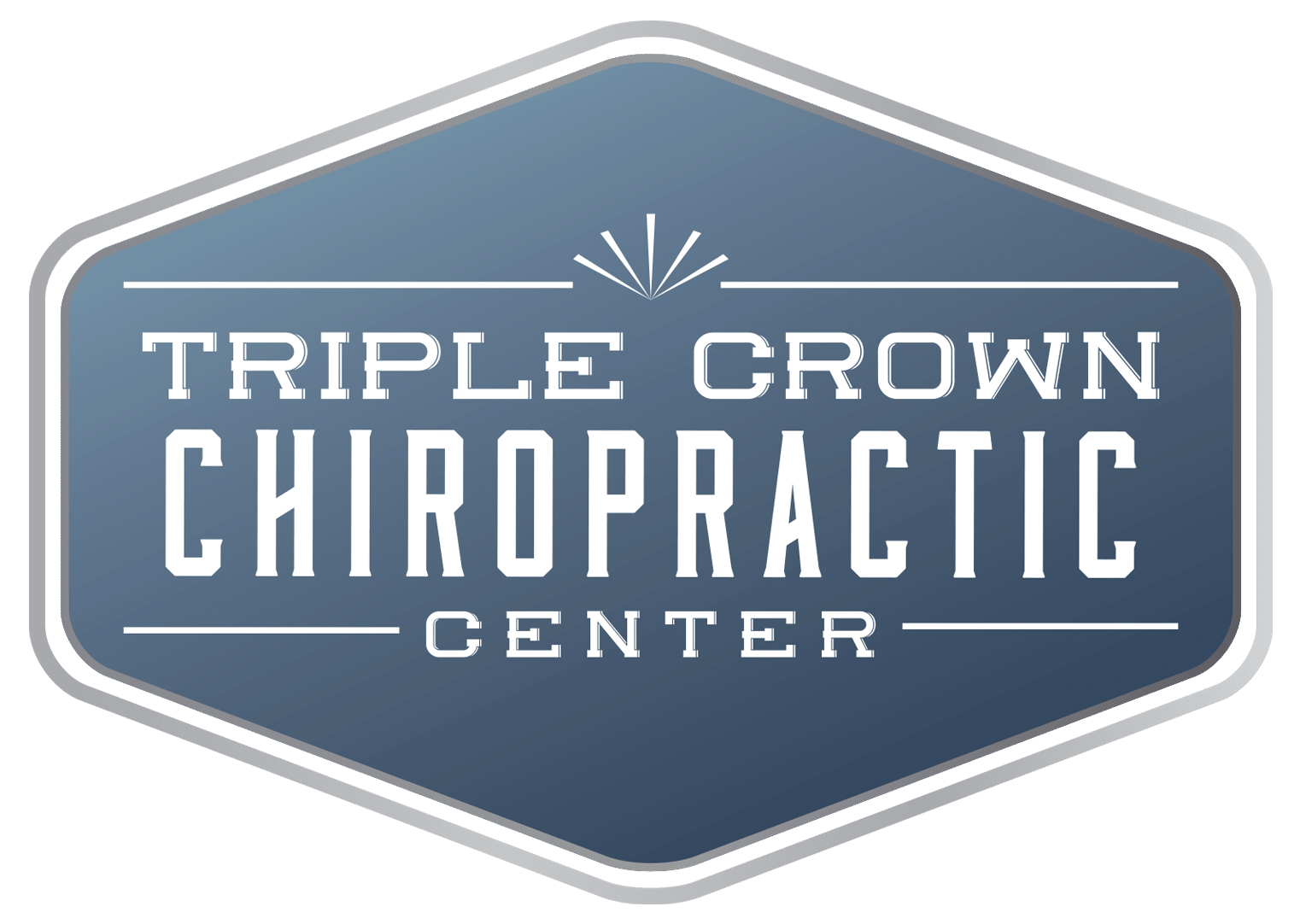It’s no secret that our bodies are fragile objects. Even the slightest wrong move can cause injuries or, at the very least, chronic pain. When this happens, our movement is significantly affected, and we may be unable to do even the simplest tasks. When this happens, going to a chiropractor is the solution.
A chiropractor is a medical professional specializing in diagnosing and treating musculoskeletal disorders. These disorders can include but are not limited to: back pain, neck pain, headaches, and pain in the joints of the arms or legs. Chiropractors use various techniques to treat these disorders, including manual manipulation of the affected areas, physical therapy, and rehabilitative exercises. However, many people refuse to go to a chiropractic clinic, especially if it’s their first time. To help you with this, we’ll discuss what to expect during a chiropractic consultation.
Patient History and Symptoms
The chiropractor will first ask you to provide a detailed medical history and will ask about your symptoms. They will also ask you about your lifestyle, diet, and stress levels, which can affect your musculoskeletal system. This consultation is essential because it allows the chiropractor to identify possible risk factors that may be causing or exacerbating your condition.
After this, the chiropractor will perform a physical examination. This examination will focus on your musculoskeletal system and may also include tests of your nervous system and reflexes. The chiropractor may also order X-rays or other imaging tests to better look at your bones and joints.
Diagnostic Studies
After the physical examination and consultation, the chiropractor will order diagnostic studies. These studies will help to identify the source of your pain or dysfunction. Common diagnostic studies used by chiropractors include:
- X-rays - X-rays are often used to look for bone problems, such as fractures, arthritis, or other degenerative changes.
- MRI - Magnetic Resonance Imaging (MRI) is a diagnostic tool that uses magnetic fields and radio waves to create detailed images of the body. MRI is often used to look for problems with the muscles, tendons, ligaments, and other soft tissues.
- CT scan - A computed tomography (CT) scan is a diagnostic tool that uses X-rays and computer technology to create detailed images of the body. CT scans are often used to look for problems with the bones, muscles, tendons, ligaments, and other soft tissues.
Myofascial trigger point injection: Myofascial trigger point injection is a diagnostic tool used to identify muscle trigger points. Trigger points are areas of muscle that are tight and tender. Injection of a local anesthetic into the trigger point can help to provide relief from pain.
Chiropractic Treatment
Once the diagnosis is made, the chiropractor will determine the best treatment for your condition. Treatment may include:
- Spinal manipulation - Spinal manipulation is a hands-on therapy to relieve pain and improve function. Manipulation involves applying pressure to the joints of the spine.
- Exercise - Exercise is an essential part of treatment for back pain. Exercise can help strengthen the back muscles and improve the range of motion.
- Weight loss - Weight loss can help reduce back strain. The chiropractor will recommend dietary plans in this way.
- Stretching: Stretching can help to improve range of motion and flexibility.
- Ice and heat - Ice and heat can help to relieve pain and inflammation.
- Massage - Massage can help to relieve pain and muscle tension.
Post-chiropractic Treatment
After treatment, it’s common to feel a bit sore and stiff. This is normal and should subside within a few hours. If you have any pain, stiffness, or discomfort after treatment, you can use ice, heat, or over-the-counter pain medication.
However, you should also consult your chiropractor if the pain continues for more than a few hours or if you experience any other problems, such as numbness or weakness in the affected area.
Are There Drawbacks?
There are some risks associated with chiropractic treatment. These risks are generally low, but they may include:
- Joint or muscle soreness or stiffness
- Temporary discomfort
- Headache
- Fatigue
- Numbness or tingling in the arms or legs
- Joint or muscle injury
Because of these risks, you must discuss them with your chiropractor before you undergo chiropractic treatment.
Conclusion
A visit to the chiropractor is understandably nerve-wracking, but it doesn’t have to be. You can make the most of your first and future chiropractic appointments with the proper preparation and mindset. All that matters is getting the treatment you need to heal your body.
If you’re looking for a chiropractic consultation, Triple Crown Chiropractic can help you! We help with various bodily issues, such as neck pain, back pain, and headaches, so you don’t have to suffer any longer. Simply go to our website to book an appointment!
